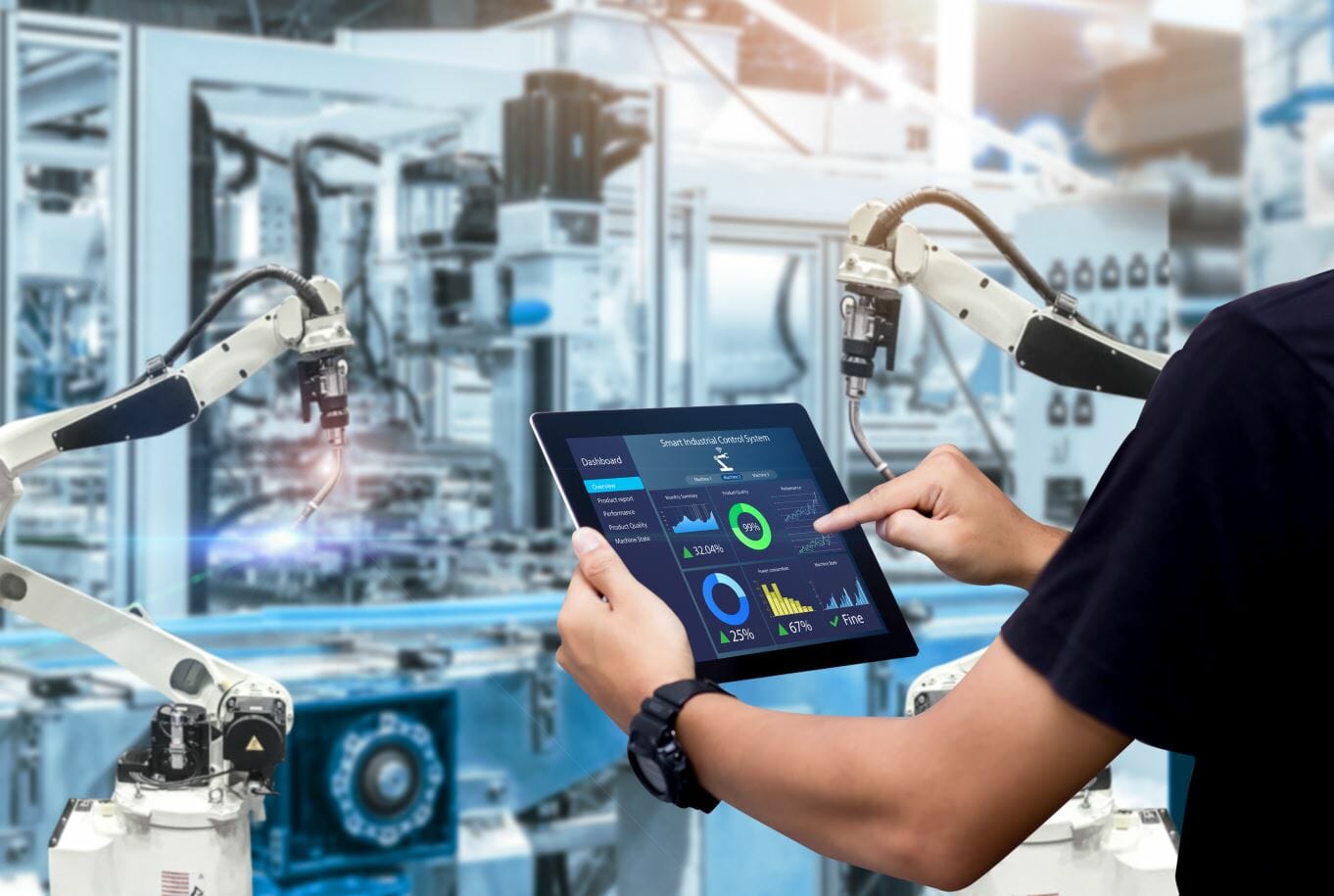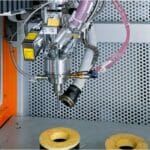By Greg Hookings, Head of Business Development – Digitalisation, Stratus Technologies
The manufacturing sector has faced huge logistical and operational challenges caused by the pandemic and the associated restrictions of operating in lockdowns. One thing, perhaps above all others, has become apparent: those companies further along in their digital transformation journey have been much better placed to meet the challenge.
It should come as no surprise that as the world starts to look ahead to post-pandemic operations, a continued acceleration of digital manufacturing is underpinning a more resilient future for the sector.
In the simplest of terms, the huge benefits of digital transformation made it an inevitable evolution before the pandemic hit, but for enterprises to succeed in the ‘new normal’ it must be adopted more quickly.
Original Equipment Manufacturers (OEMs, machine builders) have a significant role to play in this, and those embracing Edge Computing are unlocking the efficiency improvements and futureproofing required by manufacturers as they seek the to survive – and thrive – in the post-pandemic world.
Edge Computing
The whole premise of digital transformation revolves around the capacity to collect, contextualise, analyse, and use data to inform (and often to automate) better decision making. For manufacturers, the creation of data is seldom a concern – modern equipment benefits from an array of sensors built in, and for those operating older, legacy equipment, it is neither complex nor expensive to add IIoT sensors. Data then, is abundant in most manufacturing environments. Collecting and analysing data to derive insight requires a computational level – and Edge Computing is the first, and arguably the most important level at which insight can be gained. Operating, as the name suggests, at the edge of a network – the so-called ‘application level’ – an effective Edge Computing platform can offer real-time information and insight into the performance of a machine or line, offering the first contextual information from the application level to a manufacturer.
For OEMs, including built-in Edge Computing when selling a machine to a customer is a significant value-add -by incorporating an Edge Computing platform into products, machine builders can future-proof their products with smart machine capabilities. OEMs then pass on the benefits of reliability, scalability and real-time information to their customers thereby laying the foundation for smart machines and in turn, smart factories.
Not only does built in Edge Computing mean that a machine can be quickly and effectively integrated by the end user as part of their digital transformation journey, but it also opens the door to new models of ownership, servicing and product development. Many OEMs with built in Edge Computing functionality are able to work closely with their customers beyond the initial sale by offering servicing when needed, based on real information generated by the Edge Computing platform, rather than at recommended service intervals. Some machine builders are taking that model to the next logical step by offering their equipment ‘as a service’, taking responsibility for the machine throughout its lifetime and reducing the cost barrier-to-entry for customers keen to take another step on their digital transformation journey. With either model, the new relationships that are possible between machine builder and customer also offers the OEM an opportunity to gain new insight into how a machine is being used in practice and what functional improvements will be beneficial in the next generation, so a positive feedback loop for design is created that benefits both parties.
Remote Control
Another use-case for Edge Computing has also come of age during the unique conditions of the pandemic, and that concerns the remote operation and control of equipment at the application level. By incorporating a reliable Edge platform, information about machines that would previously only have been possible to observe in person can be shared throughout the business and via secure internet links to remote operators and managers. This can include some machine health data being made available to the OEM to aid with maintenance planning.
With reduced operational staff on site during the worst of the pandemic, and reduced travel for maintenance expertise, such capabilities have proven invaluable. Further, with Edge Computing offering access to live data, the use of augmented and virtual reality allows for the blending of remote expertise with operational staff for faster maintenance and issues management. For enterprises responsible for remote assets that are typically unmanned or multi-site enterprises with remote decision making, the capabilities of Edge Computing for remote monitoring and control are clear.
Agnostic, Simple, Protected, and Automated.
By following four basic criteria, machine builders that offer a built-in Edge Computing platform are ideally placed to offer a package that will bring the benefits of Digital Transformation into their customers’ facilities.
First, the platform should be vendor agnostic – capable of working with any software and hardware architecture at the customer’s plant. In the same way, the platform should be capable of operating in a variety of harsh conditions. Since OEM equipment is often used in places hostile to traditional IT hardware, a platform that is ruggedised to withstand the vibration, heat, dust, or wet conditions that come with many plant environments is invaluable.
Second, and importantly, it must be simple. Unlocking the power of Edge doesn’t mean requiring customers to learn complex new systems or bringing the burden of more IT requirements for the customer at the application edge, where IT skills are often at a premium. The Edge Computing platform of choice should be simple to integrate and simple to manage on site.
Third, the platform should be protected to mitigate operational, financial and reputation risks associated with IT caused downtime by being “always on”. The best platforms have complete fault tolerance achieved by twin, concurrently operational servers that enable continuous availability despite any IT failures in either node. The platform should also be designed to help operators easily secure their edge computing environment from cyber threats. A host-based firewall, restricted USB ports, role-based access controls, secure communications protocols and secure and trusted booting features should all work together to offer end users a high level of built-in security capability.
The fourth criterion for a highly capable Edge Computing concerns how autonomous the platform is. The gold standard here is zero-touch Edge Computing that is designed to operate in any environment without human monitoring, maintenance, repairs, or support.
Gaining the Edge
Machine builders able to offer a built-in Edge Computing capability are offering customers the opportunity to take a significant step forwards in their digital transformation journey. They are meeting the requirements of manufacturers as they enter the new-normal of post-pandemic operations, helping to strengthen their resilience to many of the issues that Covid-19 brought in its considerable wake. Moreover, they are helping to unlock the productivity, efficiency, and flexibility benefits of digital transformation for their customers while benefitting from the potential to evolve their own product design and business models. It’s all about offering an Edge to gain one.








